If you want to join the group of e-bike owners, one of the things you need to know is the battery voltage of the ebike. The voltage of an e-bike battery is determined by the number of cells connected to make the unit. It is a significant part, and you can only get to know it through the ebike battery voltage chart.
An e-bike battery voltage chart is a vital tool for helping you maintain the health of your e-bike battery. It will show you if your battery is undercharged or overcharged and, most importantly, let you know the health condition of the battery.
First, it tells you how much power you have left in your battery. It also tells you how much charge your battery has absorbed to ensure that your ebike is performing as expected. Second, it helps determine if the battery needs to be recharged or replaced. If the voltage chart indicates that the battery is low on power and cannot recharge itself, then this means that it’s time for a new battery.
To know more about the e-bike battery voltage chart stick to the end of this article.
What Voltage Are Ebike Batteries?
You can find eBike batteries in a range of voltages. The most common options are 12V, 24V, and 36V, but others go up to 48V. Also, you should know that the voltage of your eBike battery will be different depending on the type of battery you have.
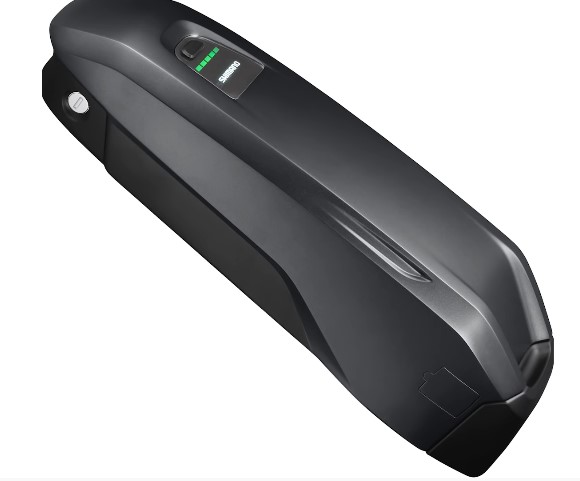
If your ebike has an external battery pack (like a gel or gel cell), you’ll need to ensure that it’s compatible with your bike before buying it. Like any other part of your bike, it must match up with your system’s rest.
In addition, if your ebike has an internal battery pack (like Lithium Iron Phosphate), the voltage will be determined by the amount of power needed at any given time and how often it’s used. This means that if you’re going for a longer ride, you might want more power than shorter daily rides.
Ebike Battery Voltage Chart
The battery voltage chart is one of the most important parts of an electric bike. It tells you how much power each battery cell produces, and it can help you determine if your battery needs replacement or is still in good shape.
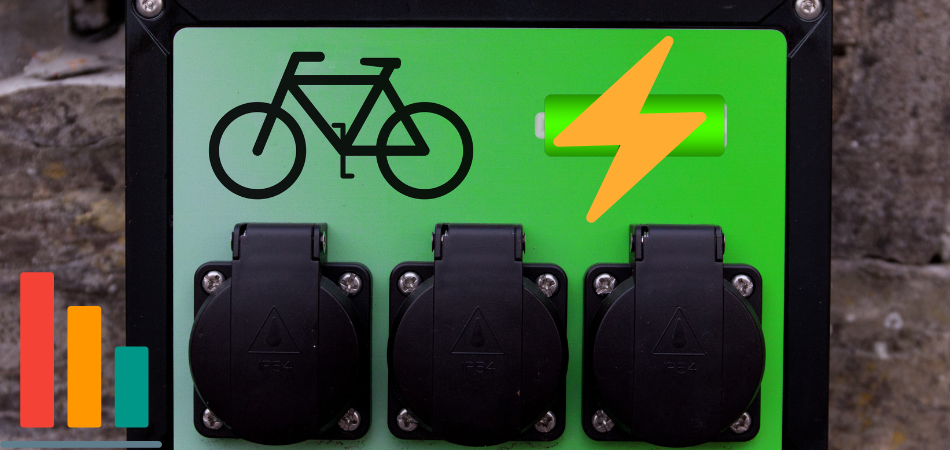
If you have a new ebike, ensure the battery voltage chart is included in its manual. This will help know the right way to charge your e-bike and maintain it for a longer period.
Below are some of the charts for different ebikes voltages.
12-volt Ebike Battery Voltage Chart
| 12V BATTERY VOLTAGE | VOLTS PER CELL | STATE OF CHARGE |
| 12.7 | 2.12 | 100% |
| 12.5 | 2.08 | 90% |
| 12.42 | 2.07 | 80% |
| 12.32 | 2.05 | 70% |
| 12.2 | 2.03 | 60% |
| 12.06 | 2.01 | 50% |
| 11.9 | 1.98 | 40% |
| 11.79 | 1.96 | 30% |
| 11.88 | 1.93 | 20% |
| 11.31 | 1.89 | 10% |
| 10.5 | 1.75 | 0% |
24v Agm Lead Acid Battery Pack State Of Charge
| LEVEL | VOLTAGE |
| 100% | 26 |
| 90% | 25.55 |
| 80% | 25 |
| 70% | 24.60 |
| 60% | 24.30 |
| 50% | 24.10 |
| 40% | 23.90 |
| 30% | 23.26 |
| 20% | 23.32 |
| 10% | 23.02 |
| 0% | 21 |
48-volt Ebike Battery Voltage Chart
| 48V BATTERY VOLTAGE | VOLTS PER CELL | STATE OF CHARGE |
| 50.92 | 1.28 | 100% |
| 50.48 | 1.26 | 90% |
| 50.00 | 1.24 | 80% |
| 49.48 | 1.22 | 70% |
| 48.96 | 1.20 | 60% |
| 48.40 | 1.17 | 50% |
| 47.84 | 1.15 | 40% |
| 47.24 | 1.12 | 30% |
| 46.64 | 1.10 | 20% |
| 46.04 | 1.07 | 10% |
What Is The Best Voltage For An E-bike?
The best voltage for an e-bike is usually between 12 and 48 volts. It is essential you know that the higher the voltage, the more powerful the motor will be able to run, which means more speed and power. While the lower the voltage of the battery, the less powerful the motor will be, so you may not be able to travel as far or as fast.
If you are just cruising around town and not going very fast, you can get away with a lower voltage. However, if you plan on doing long rides or racing, you’ll want a higher voltage.
It is important to note that most e-bikes have batteries that can handle up to 20 V. This means that if you’re looking for the best voltage for an e-bike, it won’t matter what kind of battery you have or how much power it needs as you can just go with whatever voltage works best for your bike.
Why Is My Ebike Battery Draining So Fast?
It is a frustrating experience not being able to use your ebike when you need to because it keeps draining, and you don’t know what to do. However, what about you getting to know why your e-bike battery drains, and then you know the right thing to do to stop it.
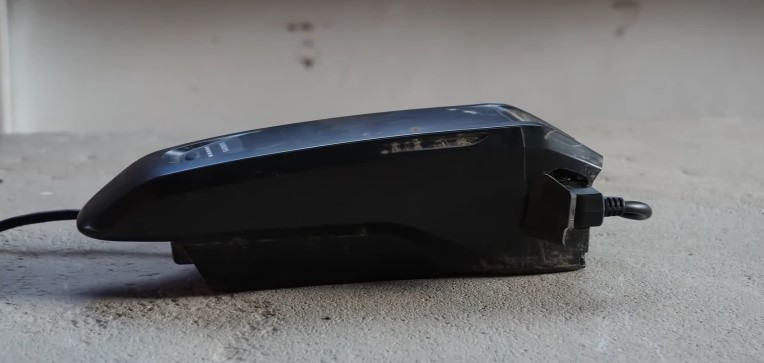
Bad Charging System
There are a few reasons why your ebike battery might be draining so fast. The most common one is that it’s either not being charged properly or the charging system isn’t working properly.
You’ll first want to make sure that your ebike charger is connected to a power source. If you’re using an in-line power adapter, make sure it’s plugged in properly and has enough power for the device you’re connecting it to.
In addition, if you’re using a wall adapter, ensure that the outlet is working and has enough current available to charge your ebike battery.
Overcharging The Battery
Overcharging the battery can be a big problem for your ebike battery. It’s important to make sure that you don’t overcharge your ebike battery because it can lead to damage. The best way to avoid overcharging is by keeping a close tab when charging.
Riding In Cold Weather
One of the most common reasons your ebike battery drains so fast is the cold. When it’s cold, your electric bike will be using more power than usual because the cold causes metal components inside your bike to work harder.
This means that when you’re riding your ebike in cold weather, you might notice that it takes longer for your battery to recharge between rides.
If this happens, try wrapping a few layers of clothing around the seat post and handlebars to insulate them from the cold air and see if that helps.
Bad Charger
If your ebike battery is draining so quickly, it’s likely because of a bad charger. It is the most common cause of this problem, and it is mainly because of using a low-quality charger and an inferior battery.
This means that the charger uses less voltage and current than what’s needed to charge the battery, which can lead to undercharging or overcharging of your battery.
Another cause of a bad charger is using an incompatible battery or charging device. For example, if you use an adapter with a different voltage rating than what’s on your ebike’s battery, you may run into problems charging it correctly.
Low Battery Capacity
Your ebike battery could be draining so fast because it’s old and has been used for a long time. You may have noticed that your battery doesn’t hold its charge as well as it used to when you first got it.
It is not uncommon for batteries to become less effective over time, but if you’ve had your ebike for several years, something is more likely wrong with your battery.
Ebike batteries are designed with a certain capacity and don’t last forever. They actually wear out just like any other battery, and then they need to be replaced. If you are using an older battery, that could be an indication that your battery does not have the capacity to deliver anymore. Therefore, you need to get a replacement.
Hot Weather
Hot weather can cause your ebike battery to drain much faster than normal. If you live in a hot climate, your battery will be especially prone to heating up and losing its capacity as the temperature rises.
This is common with lithium-ion batteries because they are more susceptible to heat than other types of batteries. When this happens, it’s important to keep your battery cool by keeping it in the shade or inside a case if possible.
Read Also: Can You Overcharge An Ebike Battery?
Are Ebike Batteries Ac Or Dc?
Ebikes run on a battery that is required for their operation. Because of this, you might be thinking about what kind of battery it is.
The first thing you should know is that e-bikes have either an AC or DC motor. It doesn’t matter which one you get, as long as the battery pack has at least one of those options available to you.
If your e-bike has an AC motor, then it will use a standard household outlet to charge its battery pack. You can also use a standard 120V AC wall plug if you want to charge up your bike while it’s not in use.
If your e-bike has a DC motor, it will be compatible with any charger that can provide at least 12V charging power. This means you can use an AC or DC wall charger when charging up your bike’s battery pack so long as it provides more than 12V charging power.
What Are The Types Of Batteries For E-bikes?
There are a lot of different types of batteries for e-bikes. Depending on the level of power you need, you can choose from a variety of options.
Below are three different types of batteries for e-bikes:
1. Lead Acid Battery
The most common battery for e-bikes is the lead acid battery. Lead acid batteries are most often found in cars, but they can also be used for powering certain types of electric bicycles.
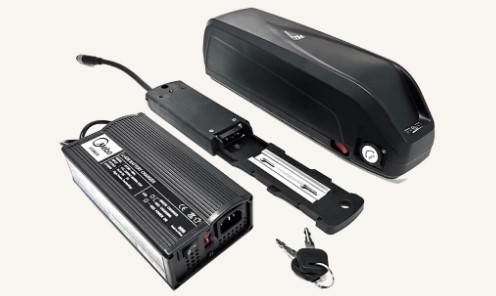
The most popular type of lead acid battery is the flooded cell. This type of battery features two plates that are separated by an electrolyte solution (acid). The positive plate is made of lead and has a higher capacity than the negative plate. When it’s fully charged, each cell has a voltage of around 12 volts.
Also, most e-bikes use lead acid batteries because they are relatively cheap, easy to find and maintain, and can be recharged over and over again without losing any significant amount of power.
2. Lithium-ion Battery
Lithium-ion batteries are also common in electric bikes because they have faster charged times and longer lifespans than lead-acid batteries. However, they’re more expensive to replace and require lots of charging.
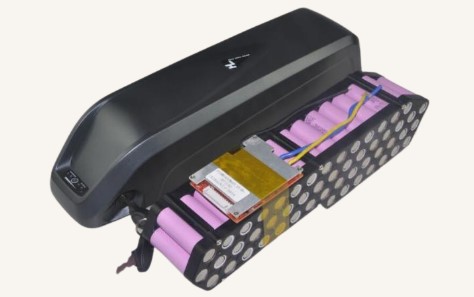
Also, Lithium-ion batteries tend to be heavier than other batteries, so you might find it harder to ride with one on your bike.
In addition, they are the go-to choice for e-bikes. They’re highly compact and portable, but a bit expensive, and have a high energy density. This means that they can save more energy than other battery types and have longer run times between charges.
3. Nickel Metal Hydride (NiMH) Battery
This is a popular type of battery for e-bikes. It’s relatively inexpensive, but it’s also not as powerful as other kinds of batteries. That means that you’ll have to charge it more often and take more time to ride. However, it’s still an excellent choice if you’re on a budget.

The benefit of NiMH batteries is that they are lightweight and have a long lifespan, which makes them ideal for people who commute by bike. They also have a low self-discharge rate and can be recharged quickly, allowing you to get back on the road faster than with other types of batteries.
Another benefit of the battery is that they are easy to find at many retail stores across the country, including Amazon, Wal-Mart, and Target.
What Is Voltage Sag?
Ebike battery voltage sag is the difference between the full charge voltage of your ebike battery and its drained state. By monitoring this voltage, you can determine how much battery life your bike has left.
In order to determine how much battery life your bike has left, you need to know the full charge voltage of your batteries and their drained state. To find out these values, connect them to a multimeter or other device that measures voltage.
Once you have determined what the full charge and drained voltages are for your e-bike batteries, you can use that information along with your bike’s rated range to determine how much longer it will run before needing a recharge.
Conclusion
Most ebike owners do not get to pay attention to their battery health, and that is because most people do not check the ebike battery voltage chart. The chart does come with all e-bikes, and you will see it in the manual, except if you are not getting it from a dealer or manufacturer.
So, this post gives information on what you need to know about the types of ebike battery voltage and what you should know about each of them.

